
views
Limiting Your Options

Set a budget. A good pool cue is not worth going into debt over, so be honest with yourself about how much you can afford to spend on a cue. Having a specific price limit in mind will help you be more selective about what cue you choose. For a quality cue on the low end of the price scale, plan for about $100. Factors that affect the cost are the material the cue is made of, wrap types, and size. If you are above average height and need a longer cue, you may pay more. Professional cues can cost $500 or more, but a cue like this is not necessary for a casual player.
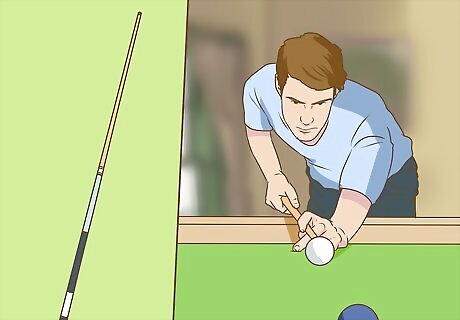
Select a one-piece cue for home use. One-piece cues do not come apart, so they are not meant for travel. For a home pool table, you don’t need a cue that is made to travel. One-piece cues tend to be a little cheaper, and they are the best option for home use. It’s not that one-piece cues can’t be taken somewhere, but it will be inconvenient to take a nearly five-foot stick in your car with you. A potential disadvantage of a one-piece cue is that they are more prone to warp over time.
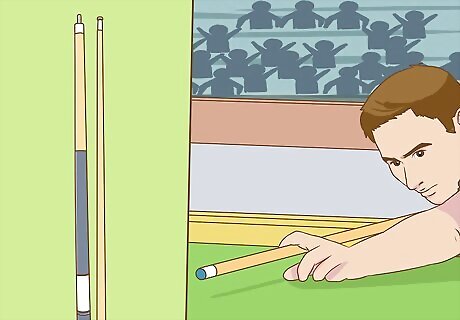
Buy a two-piece cue for travel and competitive play. If you are buying a pool cue so that you can play in tournaments outside of your own home, it’s wise to buy a cue that can be broken down into two pieces. These typically come with some kind of carrying case to make travel easier. You can still buy a two-piece cue for home use if you find one that fits you well, but it isn’t necessary. A benefit of two-piece cues is that if the shaft begins to warp, you can buy a new shaft and retain the butt of the cue.
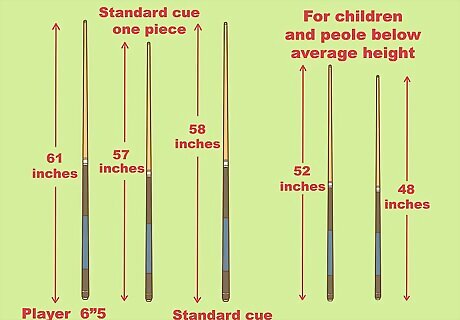
Pick a cue that is the right length for your height. Standard cues tend to be 57 inches for one-piece cues or 58 inches for two-piece cues, but children or people of below-average height should opt for a 48 inch or 52-inch cue. Players over 6 foot, 5 inches tall may need to special order a cue that is up to 61 inches long.
Testing the Cue
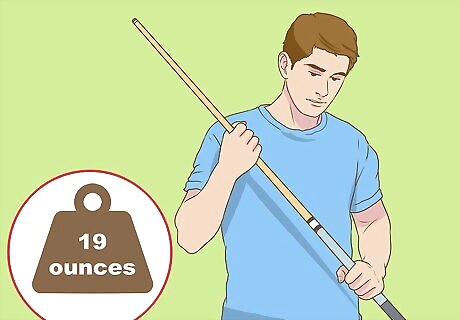
Hold the cue in your hand to feel the weight. Pool cues weigh between 17 ounces and 21 ounces, with most players preferring either 19 ounce or 20-ounce cues. The weight affects your shot, so it’s important to choose a weight that you can easily use. Most of the cue’s weight is in the butt end because the butt is thicker than the shaft. If you test the cue and it feels too heavy in your back hand then opt for a lighter cue. Short people tend to want a lighter cue because a heavier one will cause them to lower the butt and raise the cue’s tip during the shot. This results in not connecting solidly with the ball. Some players prefer a heavier cue for breaking and a lighter cue for skill shots.
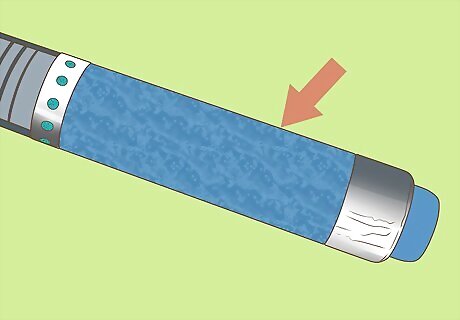
Choose a comfortable wrap. The wrap is the part of the cue that you hold with your back hand. Since this is the part of the cue that you have the most skin contact with, you want to be comfortable. Wrap options include leather and linen, but some cues may not have a wrap at all. If you tend to have sweaty hands when you shoot pool, you want a grip rather than bare wood or fiberglass. Your best options are Irish linen or leather which are both good for absorption. Rubber grips are also available but you want to make sure that the rubber is of high quality and feels smooth and dry without any stickiness. Rubber wraps might deteriorate faster than leather or linen wraps. This is not something you can choose just by looking at it. You need to hold the cue in your hand and choose a wrap that feels best to you.
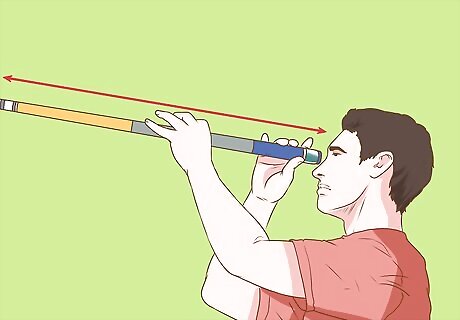
Look down the length of the cue to judge its straightness. Hold the butt of the cue at eye level and stare down its length. Slowly spin the cue to see around the whole surface. Look for any abnormalities in the cue. Only buy a cue that is perfectly straight. Most pool cues are manufactured to a high standard, so it’s unlikely that you’ll find a new cue that is crooked, but it is still good to check. It is sometimes recommended to roll the cue along a flat surface to see if it rolls smoothly, but this is not always a valid test as you can’t tell for sure if the surface is perfectly flat.
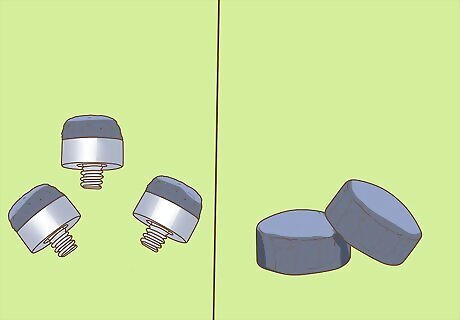
Choose a tip. Tips come in soft, medium and hard. Each tip type offers a slight difference in play. Soft tips are great if you put a lot of spin on the cue ball. Hard tips tend to last longer but are less capable of ball spin. Medium tips are fairly standard on new cues. Soft tips tend to misshape and wear out faster, so if you do not want to keep an eye on them and perform more frequent maintenance, don’t get a soft tip. Hard tips are more prone to glance off of the cue ball when you strike it off-center. If you typically shoot more toward the outside of the ball, a hard tip is not your best option.
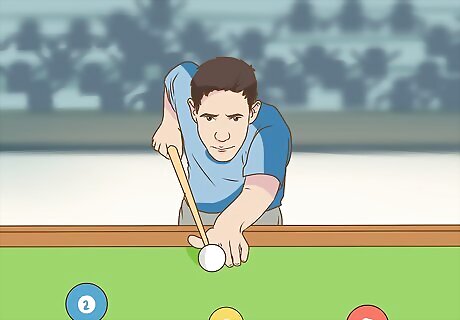
Take practice shots on a pool table. If you are buying from a store that has tables set up, you should test the cue you choose before you buy it. Get into a proper shooting position and take four or five shots with the cue. If the store does not have tables set up or they won’t let you practice, ask what the return policy is so that you can play a game or two with the cue before you make a final decision. You won’t be able to tell if a cue is right for you unless you play with it.
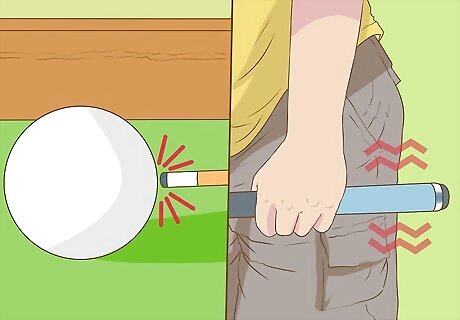
Opt for the stick with the least vibration within your price range. Listen to the sound the cue makes hitting the ball, and feel the vibration in your hand. If you hear a loud click when you strike the ball, you will probably also feel a strong vibration. A softer pop sound means less vibration. Higher end cues will make more of a soft pop sound when they hit the ball and this corresponds to less vibration running through the stick into your hand. Vibration affects the smoothness of your shot, so you want to find a stick with low vibration.

















Comments
0 comment